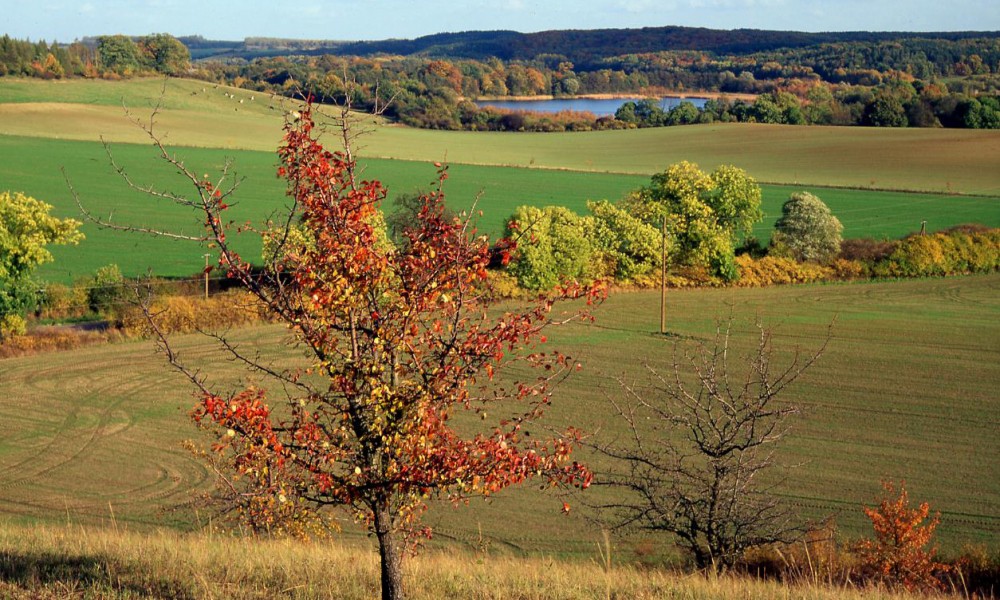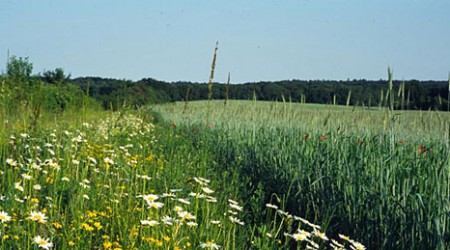Ecotones
Background
Several different micro-habitats can be found in structurally rich agricultural landscapes. Fields often contain hedges, rows of trees or fruit orchards. Originally, these were created as boundaries of areas that had different uses, often maintained over the centuries.
Less conspicuous, but of equally high importance are so-called ecotones. These are habitats along fields, paths or forest edges. In these areas, which are excluded from cultivation, vegetation can develop more naturally and thus becomes the habitat of many animal species. As residential and nesting places that provide an escape from machines and prey, ecotones connect habitats in the agricultural landscape. Their flowers and seeds are an important food source for animals and are meaningful habitats for wild herbs.
In conventional agriculture, ecotones in particular suffer from the use of pesticides. Economic and technical optimisations in traditional agriculture causes these unused subareas to increasingly disappear from the landscape.


